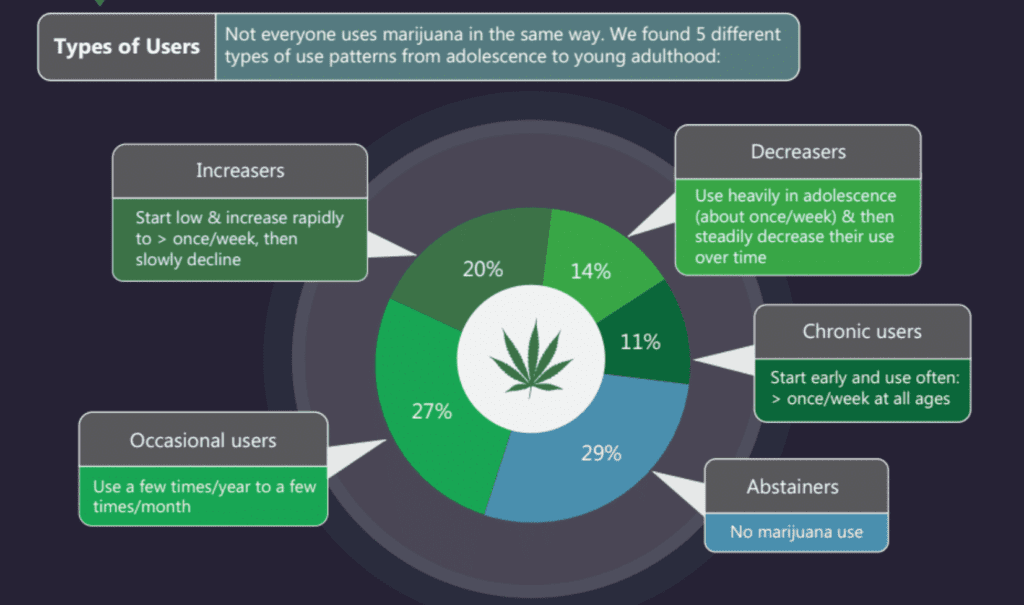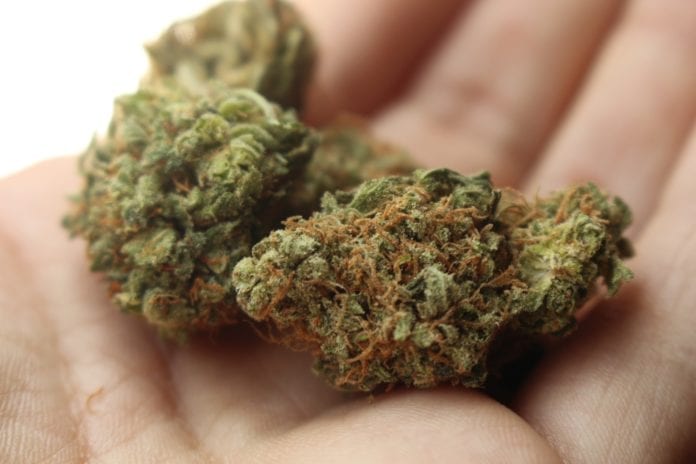New findings from a pair of researchers at the University of Victoria and St. Francis Xavier University have identified specific patterns of cannabis use by youth, offering a clearer picture of how use evolves over time ahead of legalization later this year.
“Our hope is that this work sheds light on how young Canadians use cannabis across adolescence and young adulthood,” says Bonnie Leadbeater, a UVic psychologist who participated in the studies with lead author Kara Thompson and two other researchers.
“We now understand better what predicts different patterns of use and how these patterns contribute to mental health and well-being of youth.”
The four researchers examined data from an earlier Victoria Healthy Youth Survey that spanned a decade (2003-2013) of repeat biennial interviews with 662 young people ages 12 to 18 from Greater Victoria.
As a result, they identified five patterns of cannabis use:
- youth who abstained (29 per cent),
- occasional users (27 per cent),
- decreasers (14 per cent),
- increasers (20 per cent), and
- chronic users (11 per cent).
“Decreasers” refers to youth who used cannabis less over time, while the category “increasers” refers to youth who increased their cannabis use into young adulthood.

The studies found that chronic users had more problem behaviours (e.g., attention-deficit/hyperactivity disorder, oppositional–defiant disorder, and conduct problems) in both adolescence and young adulthood, and more depressive symptoms in young adulthood than other classes.
Decreasers also reported more depressive symptoms in adolescence than chronic users, and were less likely to co-use other substances in young adulthood.
“Problematic marijuana use occurs in the context of mental health and problem behaviours as well as other substance-use concerns,” says one of the studies.
“Prevention and treatment approaches need to include anticipation and treatment of co-occurring problems to stem negative effects of marijuana during the transition from adolescence to young adulthood.”
Abstainers and occasional users, meanwhile, were found to be happier, healthier, better educated, and more successful.
A full infographic of the study’s findings is available here.
The studies will be published by the Canadian Journal of Behavioral Science and Prevention Science. The studies are expected to help inform current and future cannabis policies in Canada.



